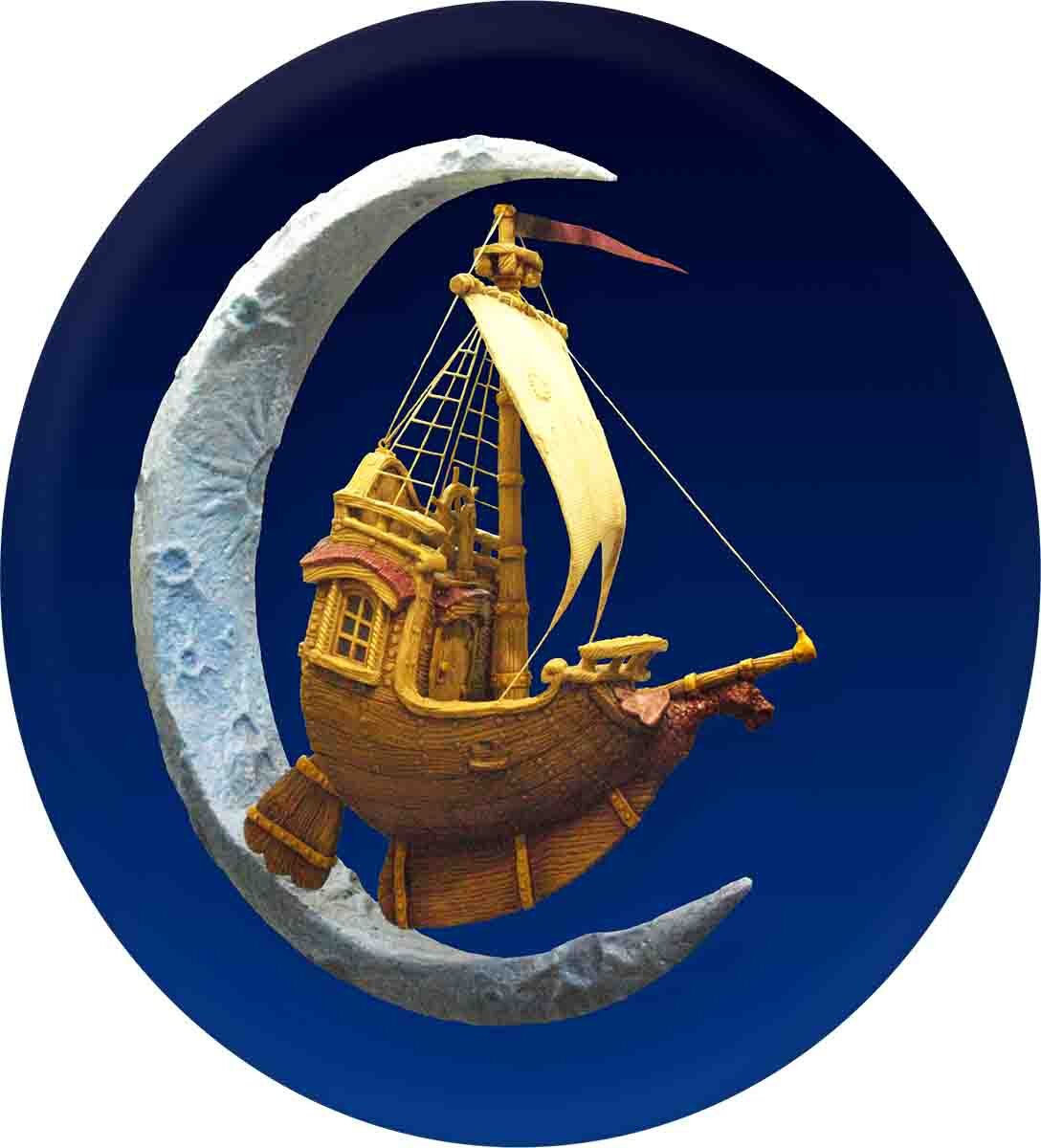In preparation for testing out our (at the time) new four axis CNC router, we cut and glued up a variety of 30 lbs. Precision Board HDU blocks. The pipes sticking out of the ends of the blocks are for chucking them up in the machine.
The bottom large block in the picture below was for the ballon section of the dirigible project. It measured fourteen inches square by twenty inches long.
However, before routed the ballon we welded up the steel frame for the airship’s “pilot’s basket”.
Once the welding was complete, we started sculpting the basket, using sculpting epoxy.
And, of course, we did a quick comp/sketch of the balloon to help visualize the finished project.























